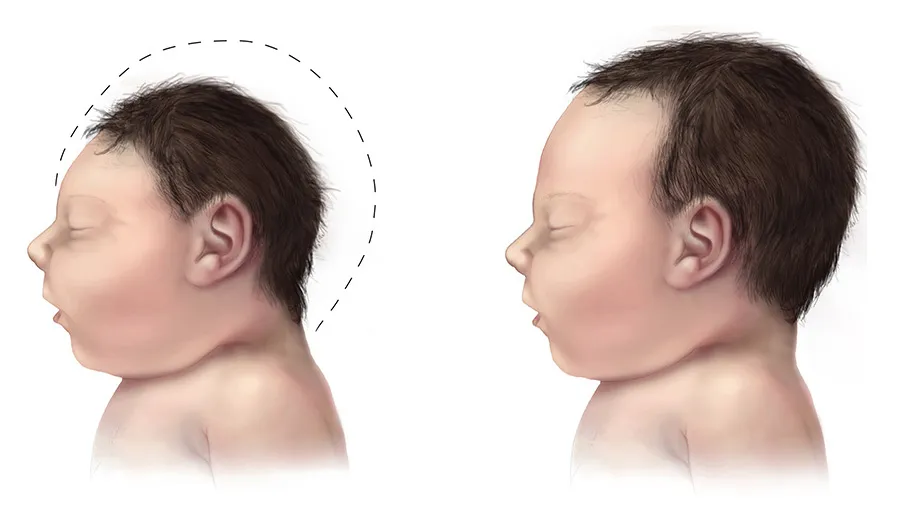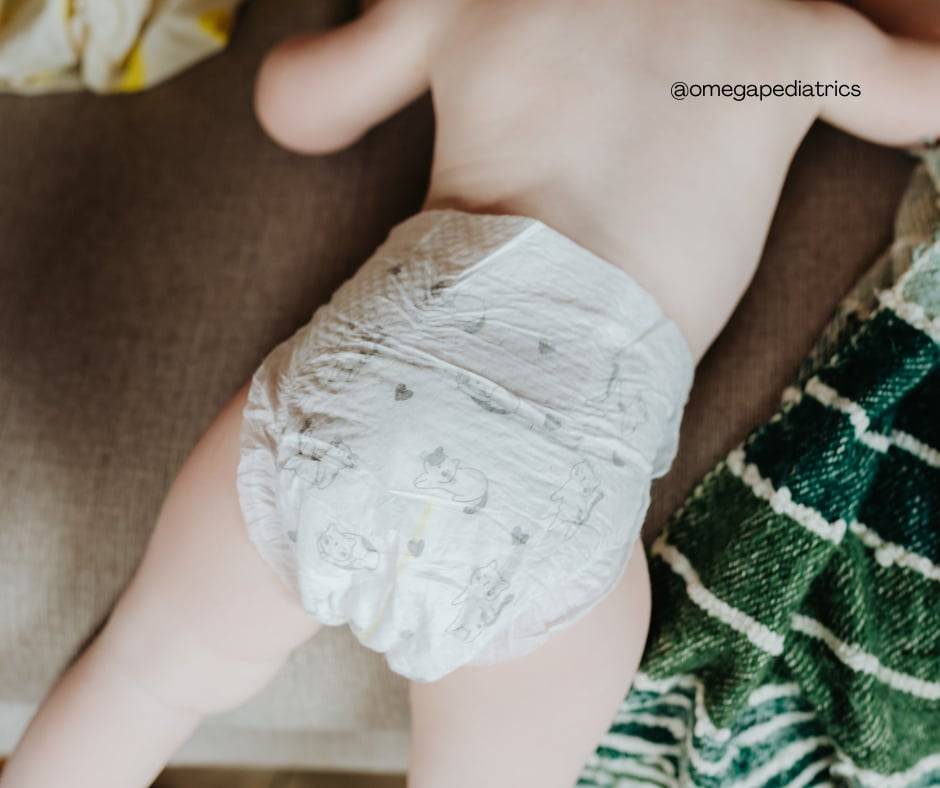Table of Contents
Parents are faced with various options for their newborn’s health. And this includes circumcision for their baby boys as they seek alternatives to expand their knowledge and choices.
This article delves into the different options for circumcision, weighing the advantages and disadvantages of each. It hopes to help new parents make a well-informed choice.

Understanding Circumcision
A thorough understanding of circumcision is necessary before exploring other options. For thousands of years, circumcision has been a customary, religious, and occasionally medicinal operation which involves the elimination of the foreskin.
Although circumcision is generally done soon after birth, it can also be performed at a later stage in life for personal or medical purposes.
Cultural and Religious Factors
Circumcision is mostly influenced by cultural or religious beliefs. Some groups and religions consider it a customary act, an indication of staying faithful to their principles, or a way of conforming to social norms.
Parents must thoughtfully consider these factors and consult with their cultural or religious leaders when exploring options.
Potential Health Benefits and Risks
The medical community has conflicting opinions on the advantages of circumcision. The advocates suggest its potential in minimizing the risk of sexually transmitted infections, penile cancer, and urinary tract infections.
The medical community’s stance on these benefits isn’t universally agreed. Certain research implies that the advantages aren’t considerable. It involves potential dangers in infection, bleeding, and complications related to anesthesia.
Exploring Alternatives to Circumcision
Education on Proper Hygiene
One alternative that has gained traction is education on proper hygiene practices. Instead of opting for circumcision, this method suggests imparting knowledge to individuals regarding the importance of adhering to good hygiene.

This involves educating boys and men on how to clean their genitals adequately. It aids in preventing infections, such as UTIs and STIs. Propagating the importance of regular washing helps diminish the chances of health complications.
Education on proper hygiene addresses misconceptions and cultural beliefs. While some view it as a means of promoting hygiene or preventing certain illnesses, practicing good hygiene can achieve the same results without the need of an invasive procedure.
Educating individuals with factual information and dismissing misconceptions is crucial for making informed decisions..
Further, this approach respects bodily autonomy and individual choice. Deciding to undergo circumcision should be considered since it has lasting effects. It’s important to approach the decision with maturity and examine the potential benefits and risks.
By taking responsibility for both their physical and mental health through education on hygiene, a person can enhance their overall quality of life.
Effective dissemination of knowledge on proper hygiene needs the cooperation of healthcare providers and communities. Contributions from institutions like schools and community centers are vital in raising awareness and making resources available.
This could involve incorporating hygiene education into sex education curricula, organizing workshops or seminars, and distributing informational materials.
Watchful Waiting
A new idea gaining popularity is watchful waiting as an alternative to circumcision. Rather than deciding to get the procedure done immediately, parents are urged to hold off and let their children decide when they’re older to make their own informed choice.
Supporters contend that circumcision is medically unnecessary. The dangers involved in the operation are significant compared to the potential benefits. They maintain that it’s a personal choice rather than being mandated upon them during their childhood.
Opting for watchful waiting is a wise decision due to the irreversible nature of circumcision. Rather than making a hasty choice, delaying the decision until the child is mature enough to comprehend the consequences.
Also, voicing out the children’s opinion affords them the opportunity to have a say in a matter that will impact their physical well-being.
Parents must ponder over the dangers and complexities of circumcision while deliberating on whether to perform the procedure on their child. Though it’s widely perceived as safe, there exists likelihood of infections, risks of bleeding, and penile damage.
Parents should allow their children to understand and evaluate the advantages and disadvantages of circumcision in advance to safeguard them against unnecessary hazards.
Advocates of infant circumcision claim that it results in reduced chances of acquiring STD, penile cancer, and UTIs. On the other hand, those who advocate for waiting contend that maintaining hygiene and practicing safe sex can diminish the potential advantages.
Additionally, the research that supports these opinions isn’t entirely convincing, so the risks and possible side effects of the procedure could outweigh any benefits.
Preputioplasty
Preputioplasty offers a surgical solution that doesn’t involve complete foreskin removal. It’s a credible substitution for circumcision, particularly when treating medical issues such as paraphimosis and phimosis that affect the foreskin.
The foreskin being too tight is referred to as phimosis, which results in difficulty for pulling over the penis head. On the contrary, paraphimosis is when the retracted foreskin becomes lodged behind the glans resulting in swelling and complications.
Preputioplasty offers a solution for these conditions by widening the foreskin opening, allowing for easier retraction and preventing future problems.
The procedure itself involves making small incisions in the tight area of the foreskin and then suturing it to widen the opening. This technique is less invasive than circumcision. It preserves the majority of the foreskin, maintaining its protective and sensory functions.
Preputioplasty is performed under local anesthesia and could be done as an outpatient procedure. Patients could return home on the same day.
Preputioplasty offers a significant benefit in its ability to maintain the original look of the penis. Preputioplasty also provides a different approach from circumcision as it saves most of the foreskin from removal.
This becomes significant for individuals who place a high value on the foreskin in terms of their cultural or religious beliefs.
Additionally, phimosis and paraphimosis can be effectively treated through preputioplasty with a high success rate. It’s less invasive that targets the particular concern while preserving the penis’ original structure.
Compared to circumcision, preputioplasty carries less complications such as bleeding, infection, and excessive scarring.
Preputioplasty may not be appropriate for everyone. If the foreskin has experienced trauma or with medical issues, circumcision or other alternative treatments is needed. Seek advice from a healthcare professional who can evaluate and decide on the best action.
Topical Steroid Cream
In dermatology, people use topical steroid creams to alleviate inflammation and manage skin conditions. They’re proven effective in addressing specific problems affecting the foreskin including phimosis and balanitis.
Topical steroid cream on the foreskin gradually loosen the tightness and alleviate inflammation, allowing for easier retraction and improved hygiene. Under medical supervision, the cream with corticosteroid is used to alleviate inflammation and soften the skin.
The recommended period of application is once or twice daily, as directed.
Advocates of topical steroid cream argue that it presents a non-invasive and less traumatic alternative to circumcision. It avoids the risks and surgical complications such as wound infection, hemorrhage, and tissue damage.
Additionally, the use of cream allows individuals to maintain their natural bodily integrity. Also, avoid the potential loss of sexual sensitivity often associated with circumcision.
Foreskin Restoration
The elimination of the foreskin through circumcision has ethical implications and the possible adverse effects it may have on sexual function and sensation. Foreskin restoration is gaining attention as an alternative to circumcision.
Foreskin restoration enables people to enjoy certain advantages and sensations that come with possessing a foreskin. It involves stretching the residual penile skin to create a new foreskin-like structure.
One method is manual tugging using specialized devices and the other is surgical techniques like tissue expansion. While the process can be time-consuming, several individuals find it worthwhile since it regains the natural functions and aesthetics of the foreskin.
Renewing the foreskin is driven by the desire to enhance sexual function. The foreskin acts as a safeguard for the glans, with its numerous nerve endings, by keeping it moist and sensitive. By restoration, there’s improved lubrication, increased sensitivity, and enhanced sexual pleasure.
Aside from the sexual aspect, foreskin restoration can also offer psychological benefits. Circumcision results in feelings of loss or dissatisfaction. Foreskin restoration provides a way to reclaim a part of their anatomy and achieve a greater sense of wholeness and self-acceptance.
While foreskin restoration cannot fully replicate the exact structure and function of a natural foreskin, it can provide substantial improvements and benefits. Restoration methods vary in effectiveness between individuals.
Patience and commitment are crucial as the process may take several months to years to achieve desired results.

Make Informed Choices for Circumcision Alternatives
Choosing to circumcise a baby boy is a personal decision for parents. However, circumcision is not the only option available. Modern science has paved for great alternatives for those who wish to explore.
Whatever decision parents make, it is crucial to consult with healthcare professionals, religious or cultural leaders, and trusted sources of information to make an informed choice that aligns with their values and beliefs while prioritizing their child’s well-being.
We at Omega Pediatrics help parents navigate these circumcision alternatives. Your child’s well-being still remains foremost in considering the various options available.
FAQ
What is Circumcision?
Circumcision involves the removal of the foreskin and has been practiced for cultural, religious, and medical reasons for thousands of years, often soon after birth.
Why Consider Alternatives to Circumcision?
Parents seek alternatives to circumcision for various reasons, including cultural or religious beliefs, concerns about potential risks and complications, and the desire to respect bodily autonomy.
What are Some Alternatives to Circumcision?
Alternatives include education on proper hygiene practices, watchful waiting allowing the child to decide later in life, preputioplasty as a surgical option preserving most of the foreskin, the use of topical steroid cream to address specific issues, and foreskin restoration to reclaim lost anatomy and function.
How Effective are These Alternatives?
Each alternative has its benefits and considerations. They offer varying levels of effectiveness in addressing concerns such as hygiene, medical conditions like phimosis, and preserving bodily integrity and sexual function.
How Can Parents Make Informed Choices?
Parents should consult healthcare professionals, religious or cultural leaders, and trusted sources of information to make informed decisions aligned with their values and beliefs while prioritizing their child’s well-being.



